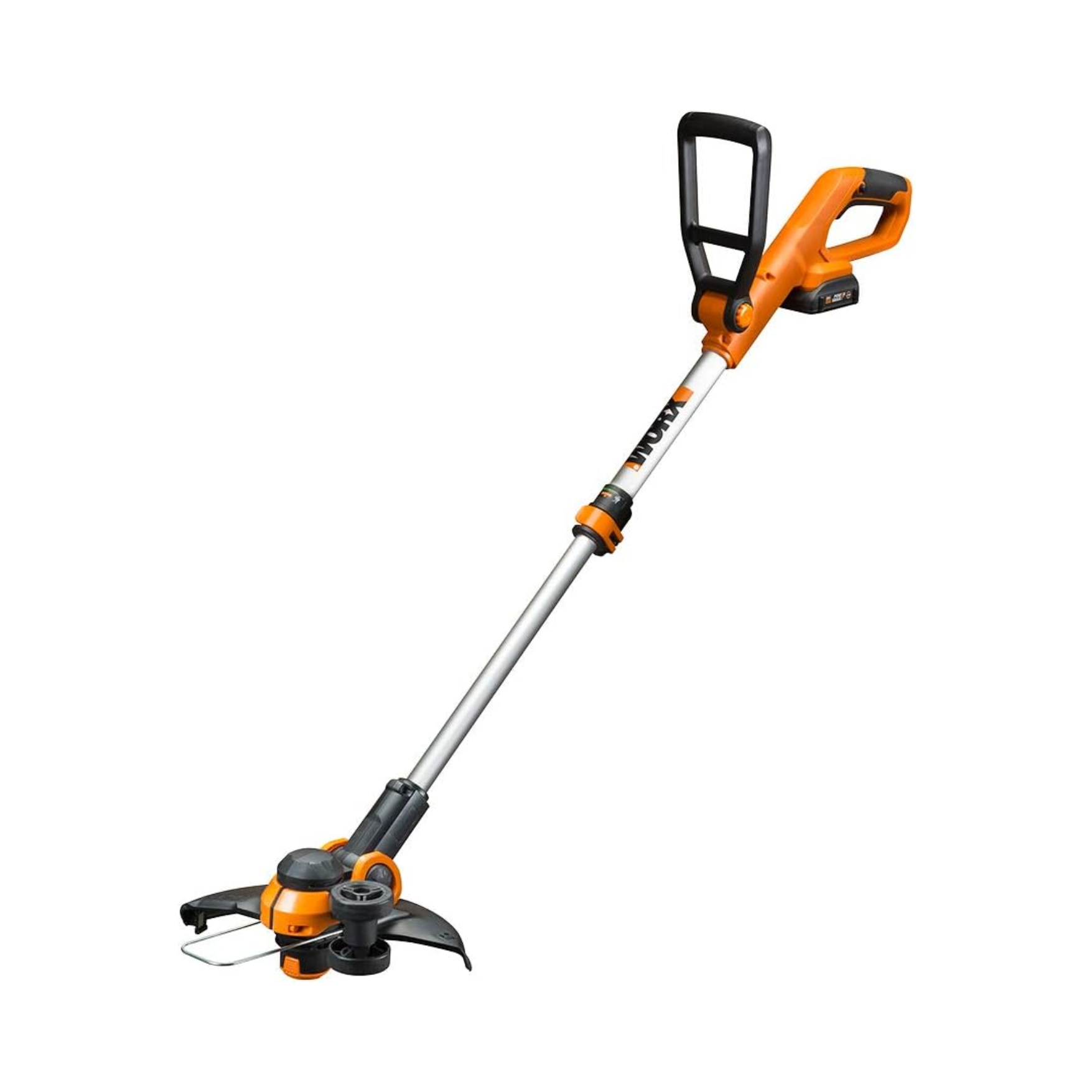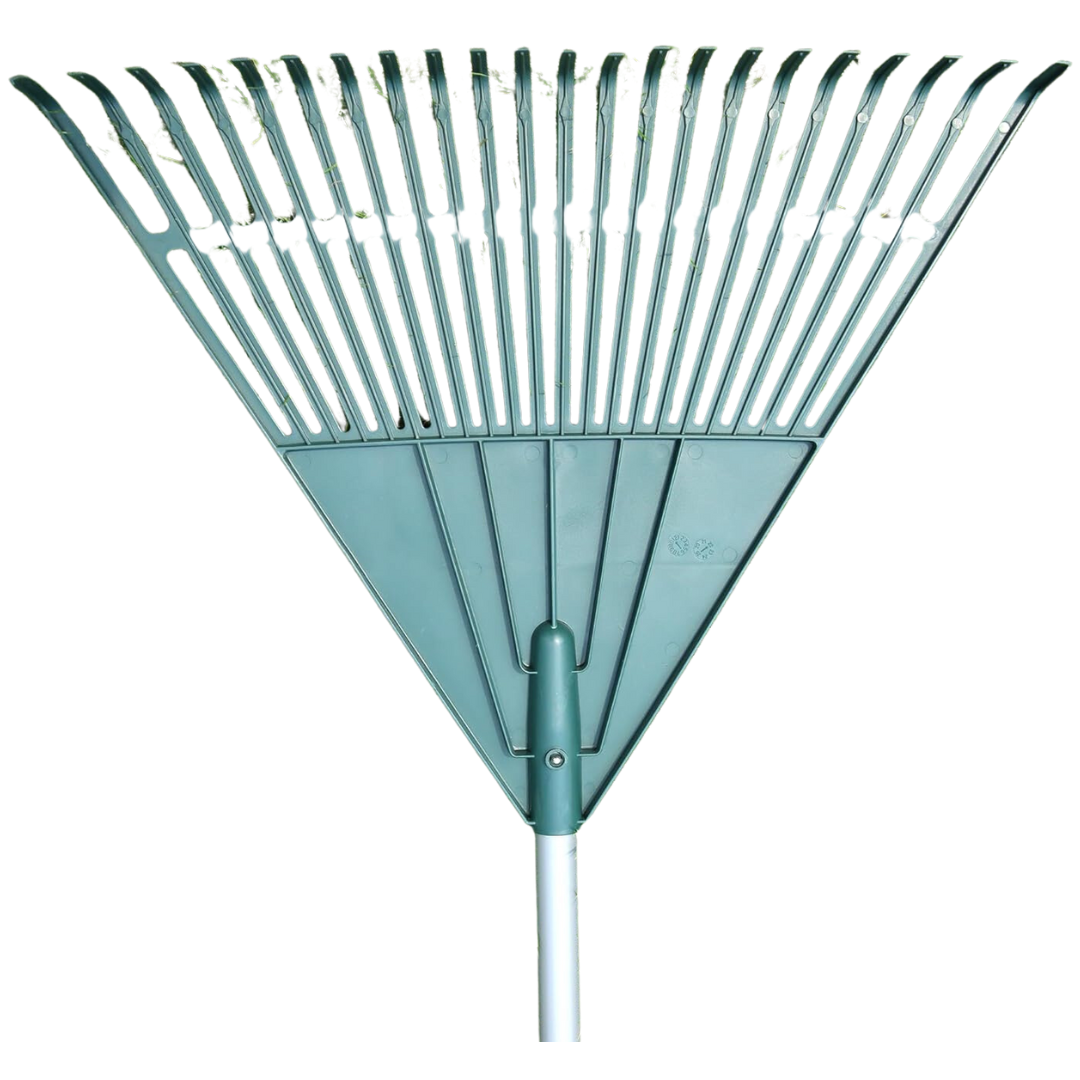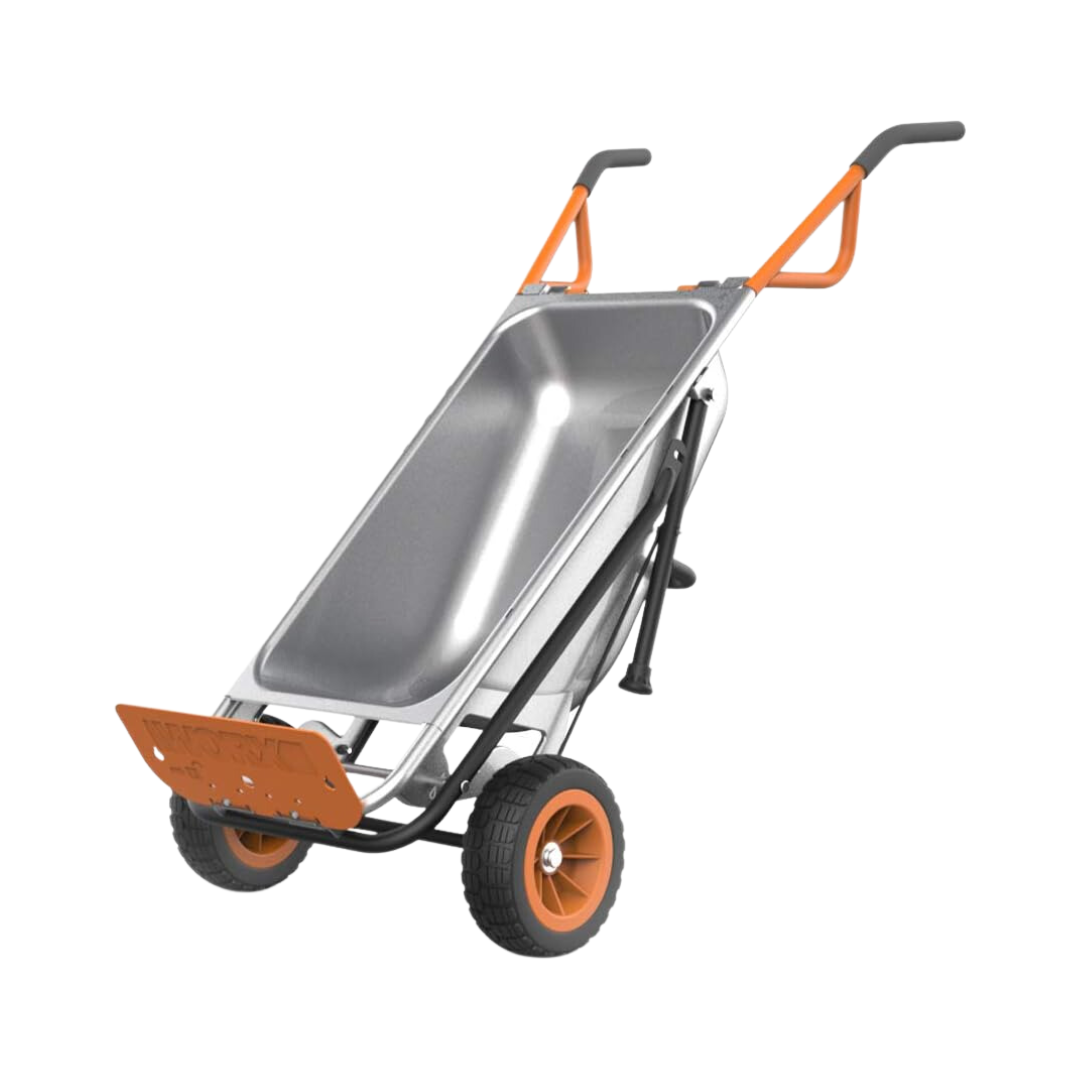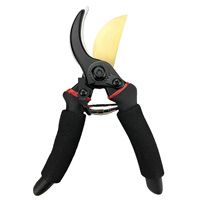We may be compensated if you purchase through links on our website. Our team is committed to delivering honest, objective, and independent reviews on home products and services.
Mulching is an essential gardening practice that offers numerous benefits to your plants and soil. Properly applied mulch helps retain moisture, suppress weeds, regulate soil temperature, and improve the overall appearance of your garden beds. In this guide, we’ll walk you through the process of mulching a garden bed effectively. In the video above, This Old House landscape contractor Roger Cook demonstrates the proper techniques for mulching.
Benefits of Mulching
Mulching your garden beds provides several advantages, such as:
- Improved soil structure
- Moisture retention
- Soil temperature regulation
- Weed suppression
- Enhanced aesthetic appeal
Preparing the Garden Bed for Mulching
Before applying fresh mulch, you’ll first need to prepare your garden bed. A well-prepared bed ensures the new mulch will be effective and won’t cause harm to your plants.
Removing Old Mulch
Start by removing the existing mulch from your garden bed. This step is critical because it prevents the buildup of excessive mulch layers, allows you to inspect the soil and plant health, and helps avoid potential pest or disease issues.
Use a garden rake to remove the old mulch, being careful not to damage plant roots or stems. Dispose of the old mulch in your compost bin, where it can break down and be reused later.
Edging the Garden Bed
Creating a clean edge around your garden bed improves its appearance and helps contain the mulch. Follow these steps to edge your garden bed:
- Use a manual edger or spade to cut a fresh border along the edge of the bed.
- Remove any grass or weeds growing along the border.
- Create a slight slope from the lawn to the bed to prevent mulch from spilling onto the grass.
Preparing Plants and Trees
Before applying new mulch, it’s essential to prepare the plants and trees in your garden bed. Remove any weeds growing around the base of plants, prune away dead or damaged branches, and inspect for signs of disease or pest infestation.
For trees, pay special attention to the root flare—the area where the trunk widens at the base. In the video, Cook shows how to remove excess mulch and secondary root growth from around a cherry tree, preventing the formation of a “mulch volcano” that can harm the tree’s health.
Choosing the Right Mulch
Selecting the appropriate mulch for your garden bed will help you achieve the best results. Consider these factors when choosing mulch:
- Organic vs. inorganic materials: Organic mulches break down over time, enriching the soil with nutrients. Inorganic mulches, such as gravel or rubber, do not decompose, but they last a long time.
- Color and appearance: Choose a mulch that complements the overall look of your garden.
- Decomposition rate: This affects how often you’ll need to replenish the mulch.
Organic Mulch Benefits
Organic mulches, such as wood chips, pine needles, and straw, offer several advantages. They improve soil structure by adding organic matter as they decompose. This process enhances soil fertility and promotes beneficial microbial activity, leading to healthier plants. Additionally, organic mulches contribute to moisture retention, reducing the need for frequent watering.
Inorganic Mulch Considerations
While inorganic mulches like gravel and rubber do not decompose, they can be beneficial in specific scenarios. For example, they work well for high-traffic areas or places where you don’t want organic matter to disturb the soil. However, they don’t contribute to soil fertility.
How To Apply Mulch
Once you’ve prepared your garden bed and chosen the right mulch, it’s time to apply it. Follow these steps for proper mulch application:
- Use a three-tine cultivator to carefully scrape old mulch from around the base of the plants and trees.
- Use pruning shears to snip away all the secondary root growth from around the tree.
- Remove all the old mulch from around the tree.
- For large projects, order a truckload of mulch from a local landscaping supply company and have it dumped onto the driveway. This will save you money compared to buying small bags of mulch at a garden center. However, if you have a very small flowerbed, then a few bags may be enough.
- Fill the wheelbarrow with mulch, and then use an ensilage fork to transfer the mulch to the garden bed.
- Rake the mulch out to 1 to 2 inches deep. Be careful not to pile mulch up against the base of the plants.
- Rake the mulch away from the outer edge of the garden bed, so it’ll be easier to trim the grass with a string trimmer.
- Spread an inch of mulch around the base of any trees, keeping it away from the trunk.
Using the Right Tools
Cook recommends using an ensilage fork for moving and spreading mulch efficiently. This tool, with its 10 tines, allows you to move large amounts of mulch quickly and easily. Other useful tools for mulching include:
- Garden rake for spreading and leveling mulch
- Hand cultivator for working around delicate plants
- Wheelbarrow for transporting mulch
Avoiding Common Mulching Mistakes
To ensure the health of your plants and the effectiveness of your mulching efforts, avoid these common mistakes:
- Over-mulching: Applying too much mulch can lead to root suffocation and pest problems. Stick to the recommended depth of one to two inches.
- Piling mulch against plant stems or tree trunks: This creates a “mulch volcano,” which can cause rot and attract pests.
- Using fresh wood chips or sawdust: Fresh materials can deplete soil nitrogen as they decompose. If using these, let them age before applying.
- Applying mulch too early in the spring: Wait until the soil has warmed up to avoid slowing down plant growth.
Maintaining Mulched Garden Beds
Proper maintenance of your mulched garden beds will ensure long-lasting benefits and a healthy garden environment.
Replenishing Mulch
Over time, organic mulch will decompose and need replenishment. Follow these guidelines for maintaining your mulch layer:
- Check mulch depth annually and add more as needed.
- Fluff up compacted mulch with a rake to improve air circulation.
- Remove any weeds that manage to grow through the mulch.
Monitoring Plant Health
Regularly inspect your plants for signs of stress or disease that may be related to mulching practices. Yellowing leaves or stunted growth may indicate over-mulching, while fungal growth on mulch near plant bases suggests excessive moisture. Pest infestations in the mulch layer may require treatment or mulch replacement.
Seasonal Mulch Care
Different seasons may require specific mulch maintenance. In the fall, consider adding a fresh layer to protect plant roots from winter’s cold. In the spring, ensure the mulch isn’t too thick, which could delay the soil warming up.
Additional Tips for Effective Mulching
Follow these additional tips and tricks to ensure you’re delivering effective mulching in your garden bed.
- Timing: The best time to mulch is mid to late spring when the soil is moist and has warmed up. Avoid mulching too early, which can keep the soil cool and delay plant growth.
- Layering: Always start with a thin layer and gradually build up to the recommended depth. This method ensures better control and prevents over-mulching.
- Consistency: Ensure mulch is spread evenly for a uniform look and to avoid patches where weeds can grow.
- Integration with garden design: Mulch can be part of your garden’s design element. Use mulch colors and types that complement your garden’s visual theme for an aesthetically pleasing look.







